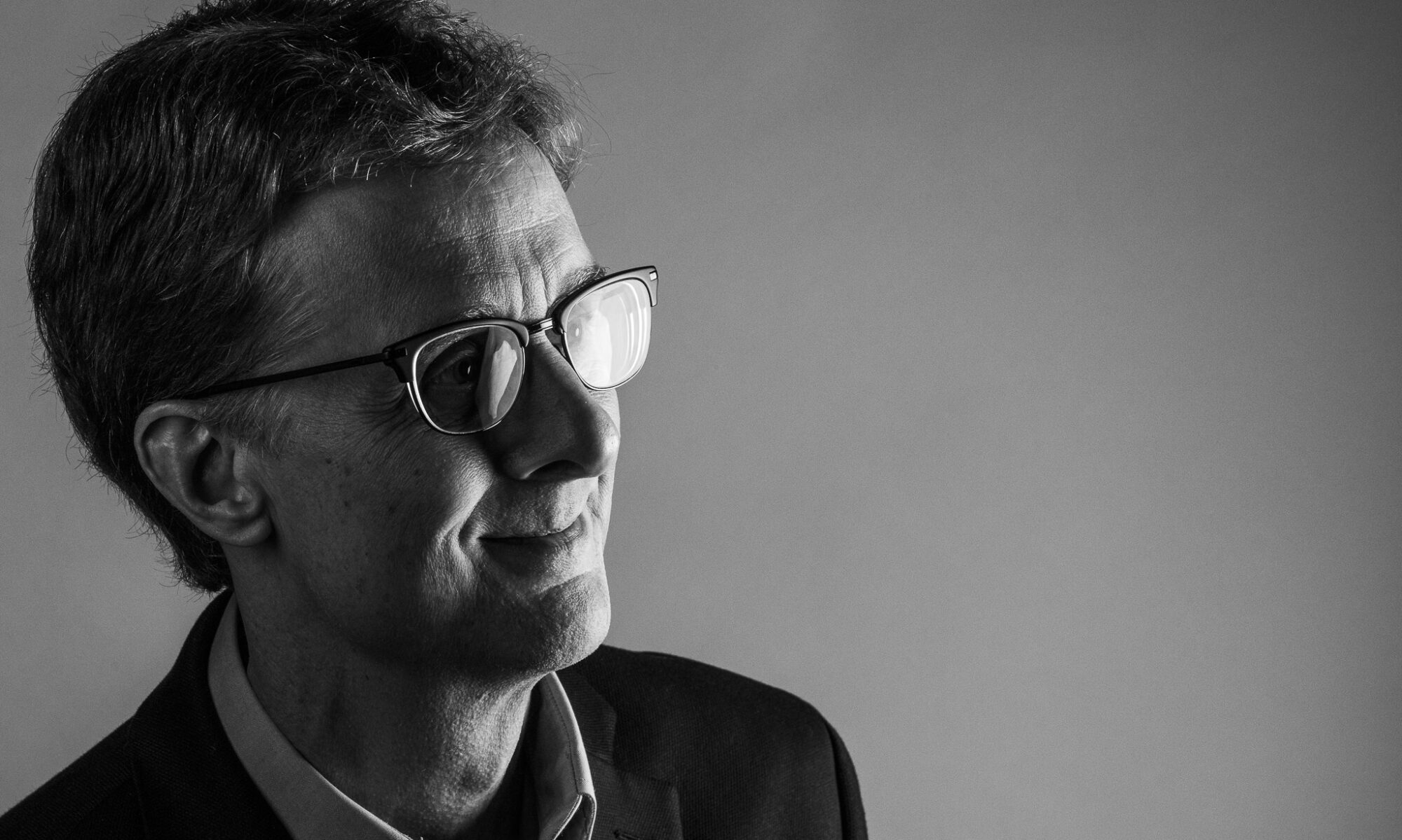by Kelsey Handler
Part III of IV
Multiple people warned me to avoid Salem around Halloween. Apparently, the tourist destination is a madhouse in October and only grows more crowded leading up to the big day. That didn’t stop me and my friend Victoria from visiting the day before All Hallows Eve.
This semester, I’m in a course called Archives, History, and Collective Memory. We are studying the collective memory of groups over space and time, and how archives contribute to or inhibit memories of figures and events. This has given me much to think about regarding Salem, and the way history is presented, embellished, rewritten, or capitalized on in the town.
Early in the morning on October 30, we caught a full train from Boston to Salem. We arrived in town around 10 a.m. and found the streets quiet. This would change by the time our pre-booked tour started at 11; Essex Street would be crowded and only grow busier throughout the day. When we later headed for the train station at dusk, streams of costumed people would just be arriving to start their festivities.
A favorite part of our daytrip was wandering the less crowded residential streets of historic homes. Each one had a plaque with the date of construction, a few that stretched back to the late 17th century. As in the oldest parts of Boston, you could feel the history under your feet and in the air. (I’m sure residents love that people walk by and gawk as they take photos of their homes, but I also know those homes cost more than I’ll afford in my life, so I don’t feel too badly for them.)
Another favorite part for me was the Salem Witch Trials Memorial Park. Situated next to Charter Street Cemetery (also known as the Old Burying Point), the memorial consists of a pathway surrounded by a stone wall. Within the wall are 20 stone benches, one for each victim of the trials. Names, method of execution, and date of death are engraved on each respective bench. Flowers and small offerings – coins, pebbles, and the odd Pokémon card – rested on the benches. These items stated, “I was here, and I remember you.”
As I was rounding the last row of benches, I overheard a mother telling her young child, “This is where they buried the witches after they burned them.” I refrained from opening my mouth and telling her every detail of that sentence was factually incorrect.
1. There were no witches in the Salem Witch Trials. All victims were innocent of their bogus charges and legally exonerated decades – and in some cases, centuries – later.
2. No “witches” were ever burned at the stake in North America; that was Europe. In Salem, nineteen people were hanged, and one was pressed to death.
3. There are no bodies at the memorial. The victims’ bodies were buried in unmarked graves after their execution, as they were considered unworthy of Christian burial. However, the adjacent cemetery does contain the remains of certain judges and accusers from the trials.
A sign at the entrance to the memorial explained all this. I don’t want to single out a mother who didn’t closely read it while pushing her toddler in a stroller in a crowded area; it’s understandable how she got details mixed up. I also know many tourists to Salem generally aren’t concerned about the details of the real events. They want the fun, easily digestible version. But facts matter. Stories matter. How we learn, remember, and retell these stories matters.
Presenting fanciful tales as truth to children (and adults) is how we create cultures capable of witchcraft hysteria.

